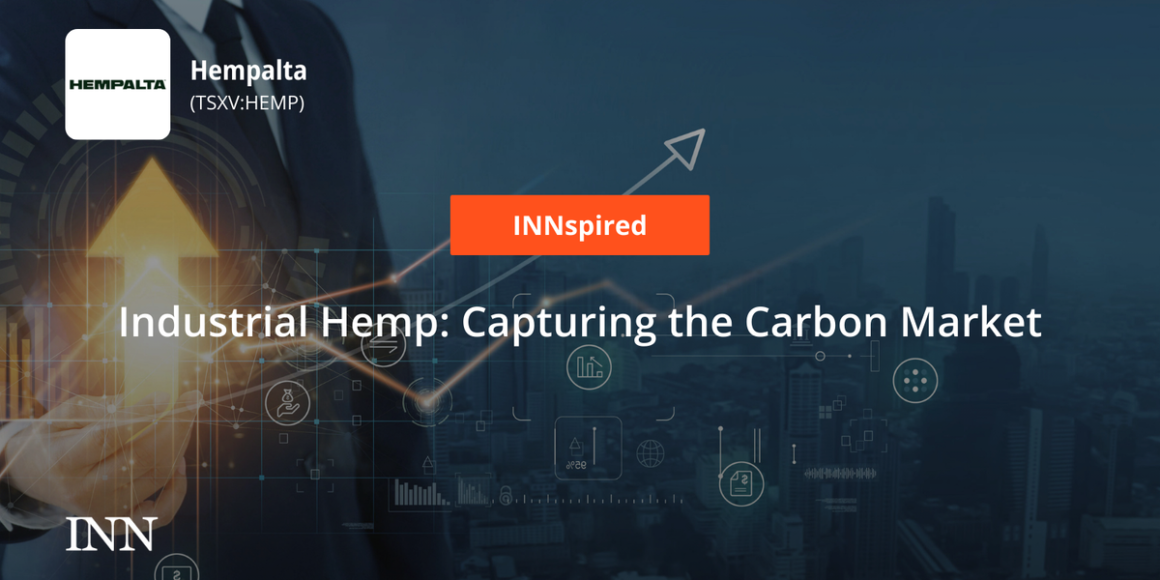Industrial hemp is largely known for its versatility, with applications ranging from food products to animal bedding and building materials. But one little known fact about the plant is its immense capacity to absorb carbon dioxide.
Combined with the plant’s rapid growth cycle, this characteristic provides businesses and investors with a huge opportunity to stake its place in the emerging global carbon market.
To understand industrial hemp’s investment and carbon capture potential, investors would benefit from a deeper appreciation of the plant itself.
Hemp can also be used to produce insulating plaster, which is created by mixing hemp fibers with sand and calcium lime. Compared to standard plaster, this material is far more effective at regulating humidity. Hemp plaster is also far more durable and less prone to cracking or breaking apart than traditional plaster.
Hemp flowers are also invaluable during pollen shortages, providing sustenance for multiple different species of bees. Its natural disease, mold and rot resistance make hemp relatively easy to grow.
This means that, provided it can be farmed and cultivated sustainably at scale and without the use of harmful chemicals such as pesticides, industrial hemp could represent one of the best options for carbon reduction.
Regenerative agriculture is another area where industrial hemp can deliver considerable value. Sustainably cultivating and rotating hemp crops not only allows farmers to establish a secondary revenue source but also helps improve biodiversity and restore soil health. As mentioned earlier, this can result in considerably higher crop yields.
Industrial hemp is one of the most versatile and sustainable crops in the world, with a wide range of applications and the potential to produce carbon-negative goods and materials. Companies such as HEMPALTA help to demonstrate the variety of different ways the crop can be monetized, from processing and product development to carbon credit generation. The most exciting thing about the current hemp landscape, however, is the fact that it is still a new and emerging sector – providing an excellent value proposition and considerable growth opportunity for first movers.
This INNSpired article was written according to INN editorial standards to educate investors.
INN does not provide investment advice and the information on this profile should not be considered a recommendation to buy or sell any security. INN does not endorse or recommend the business, products, services or securities of any company profiled.


Leave a Reply